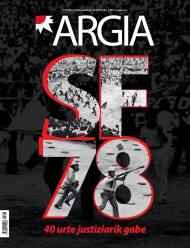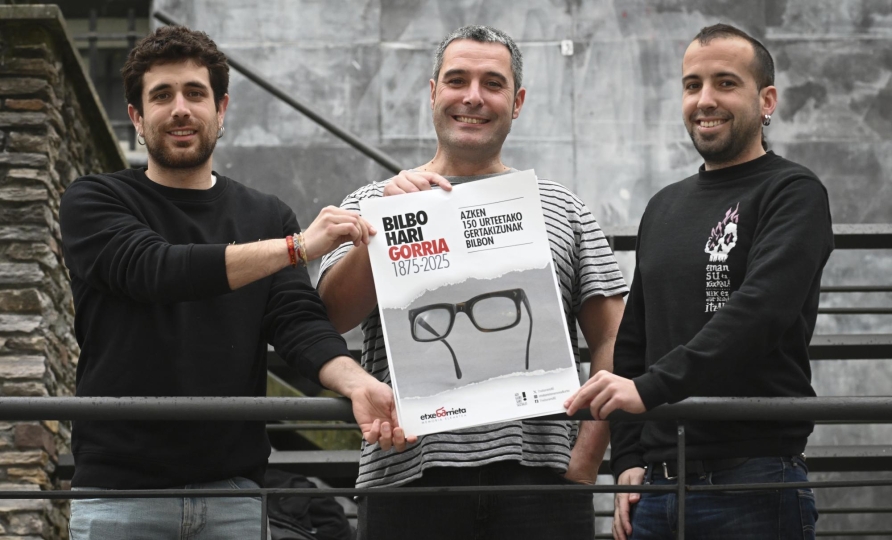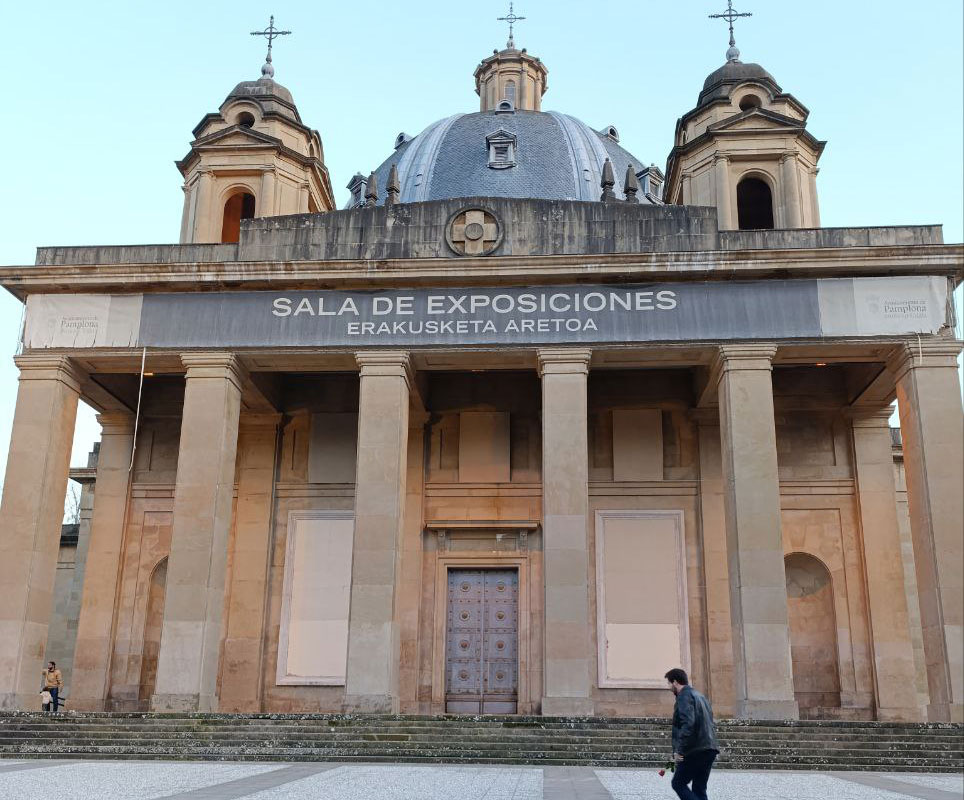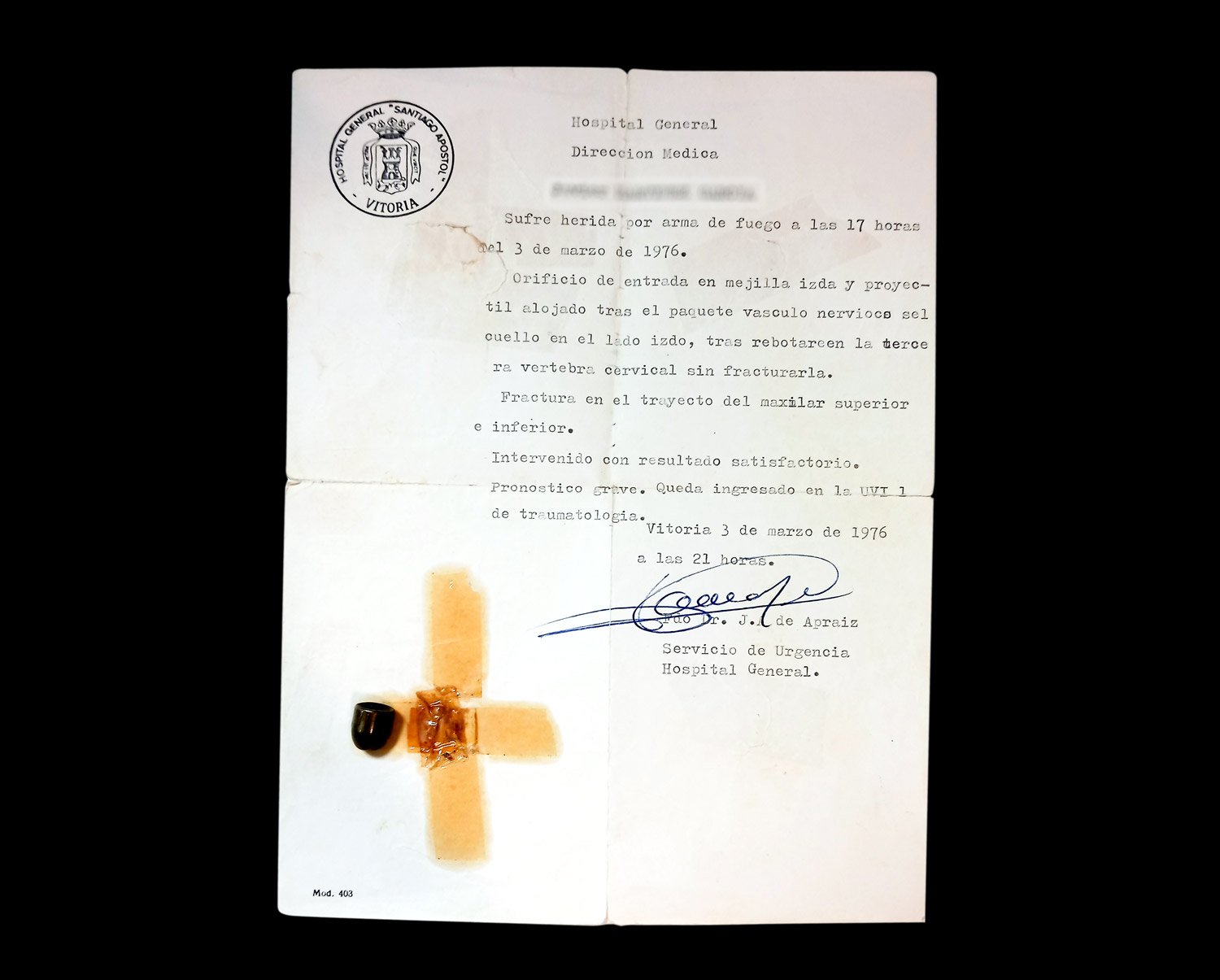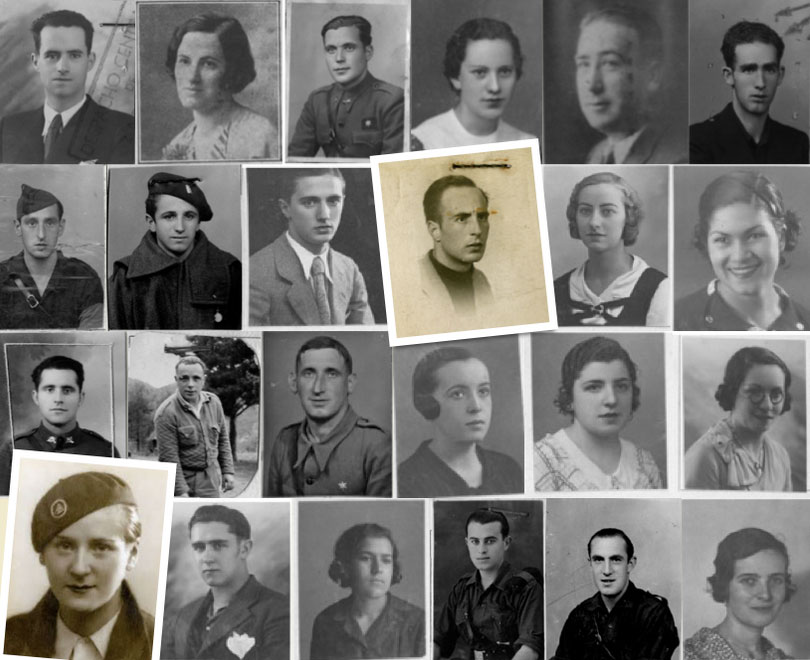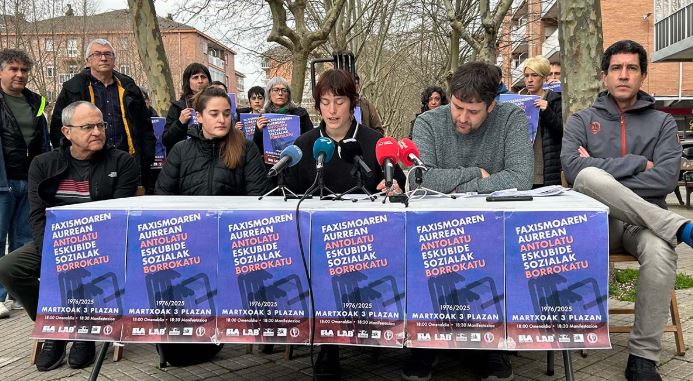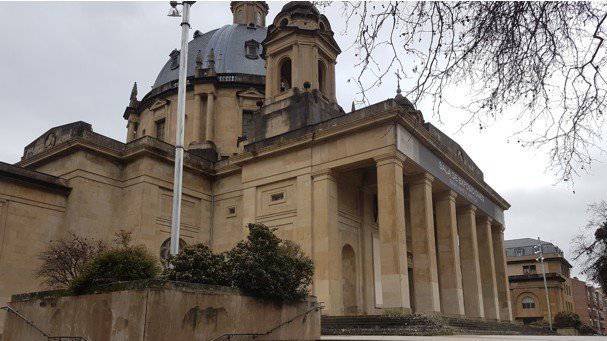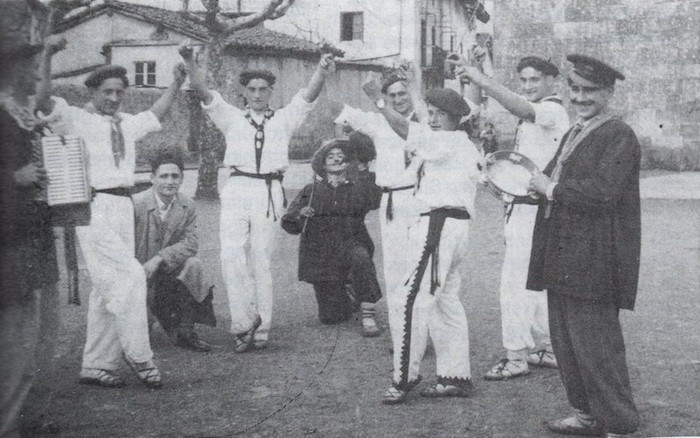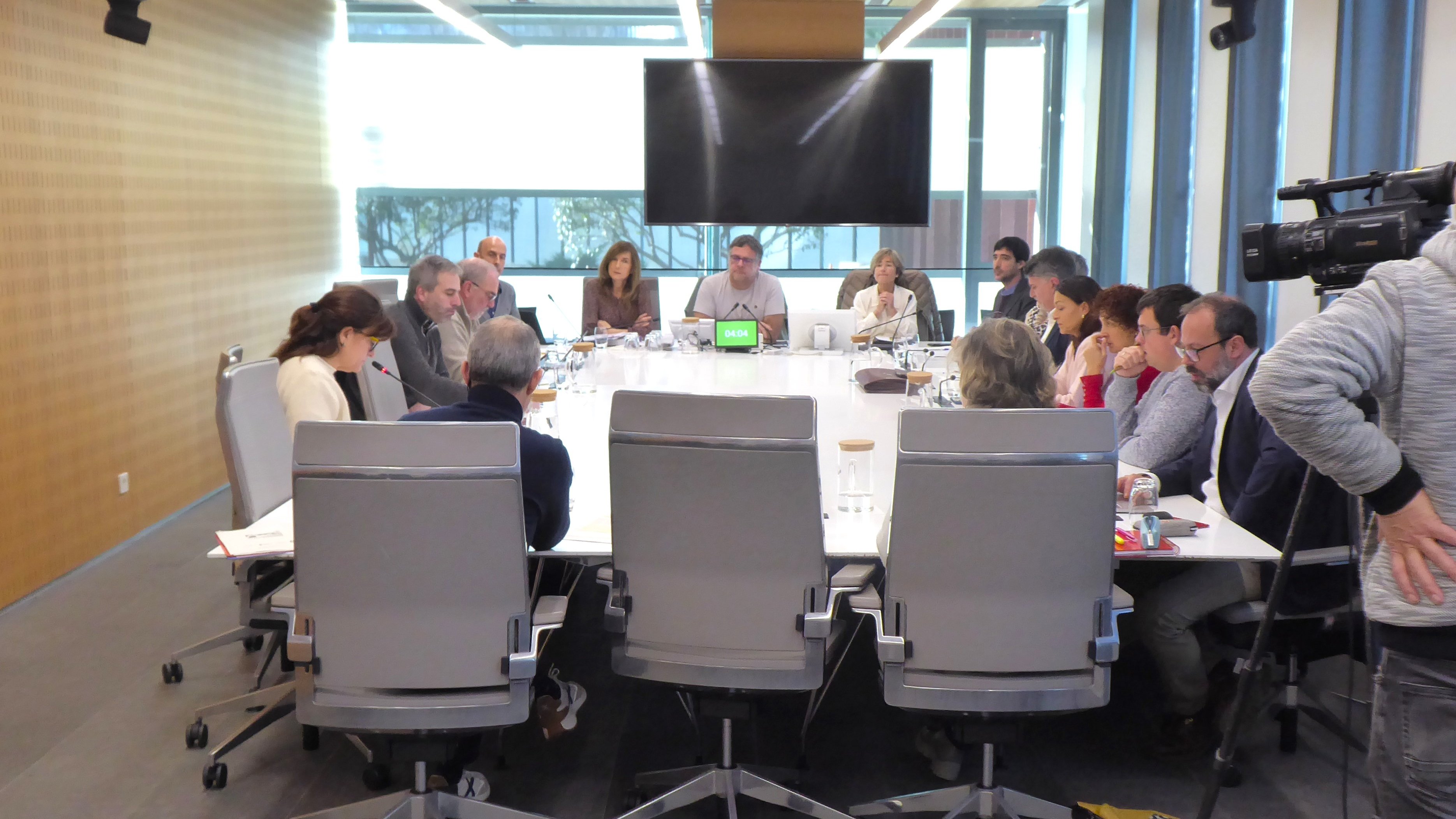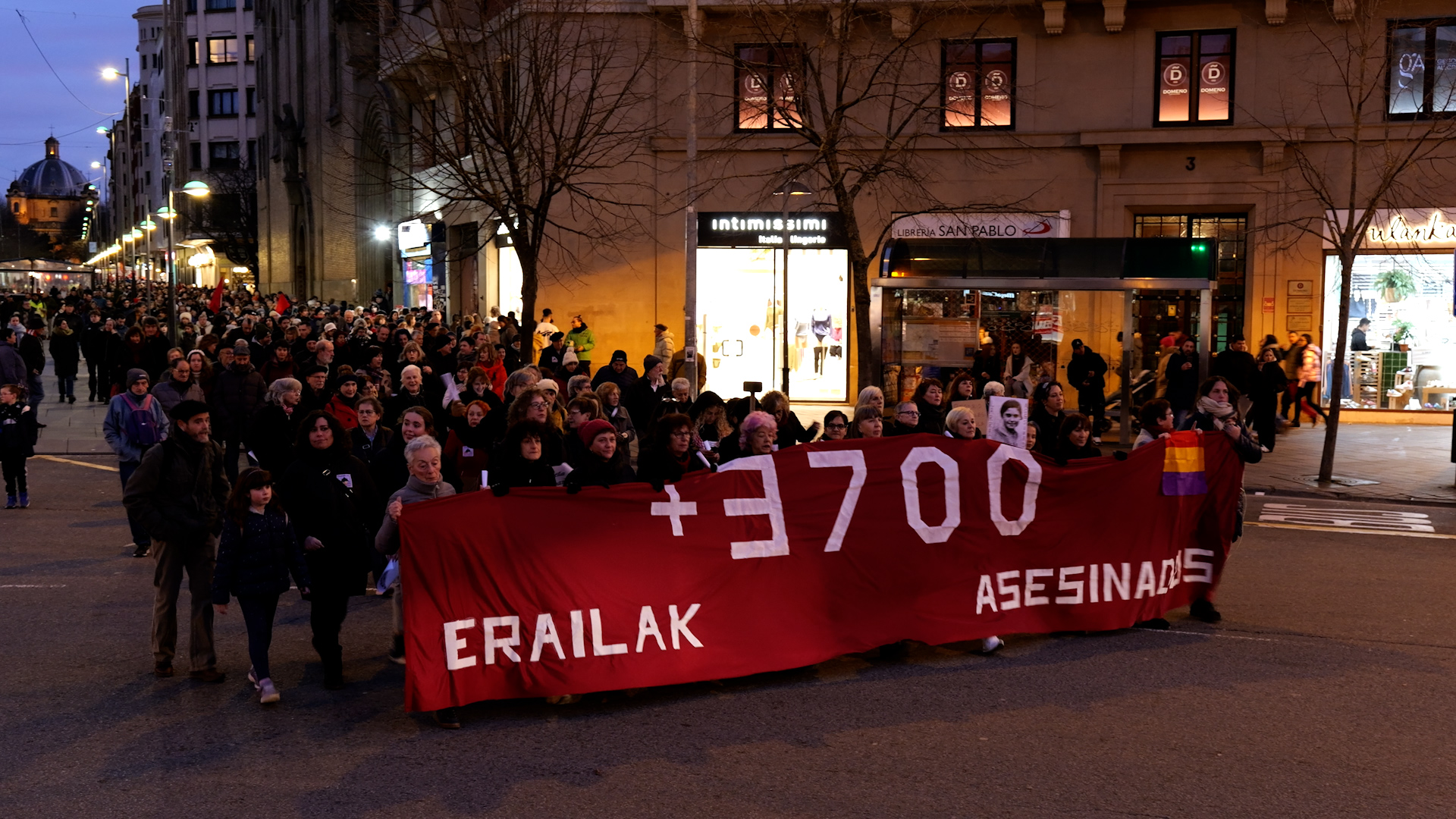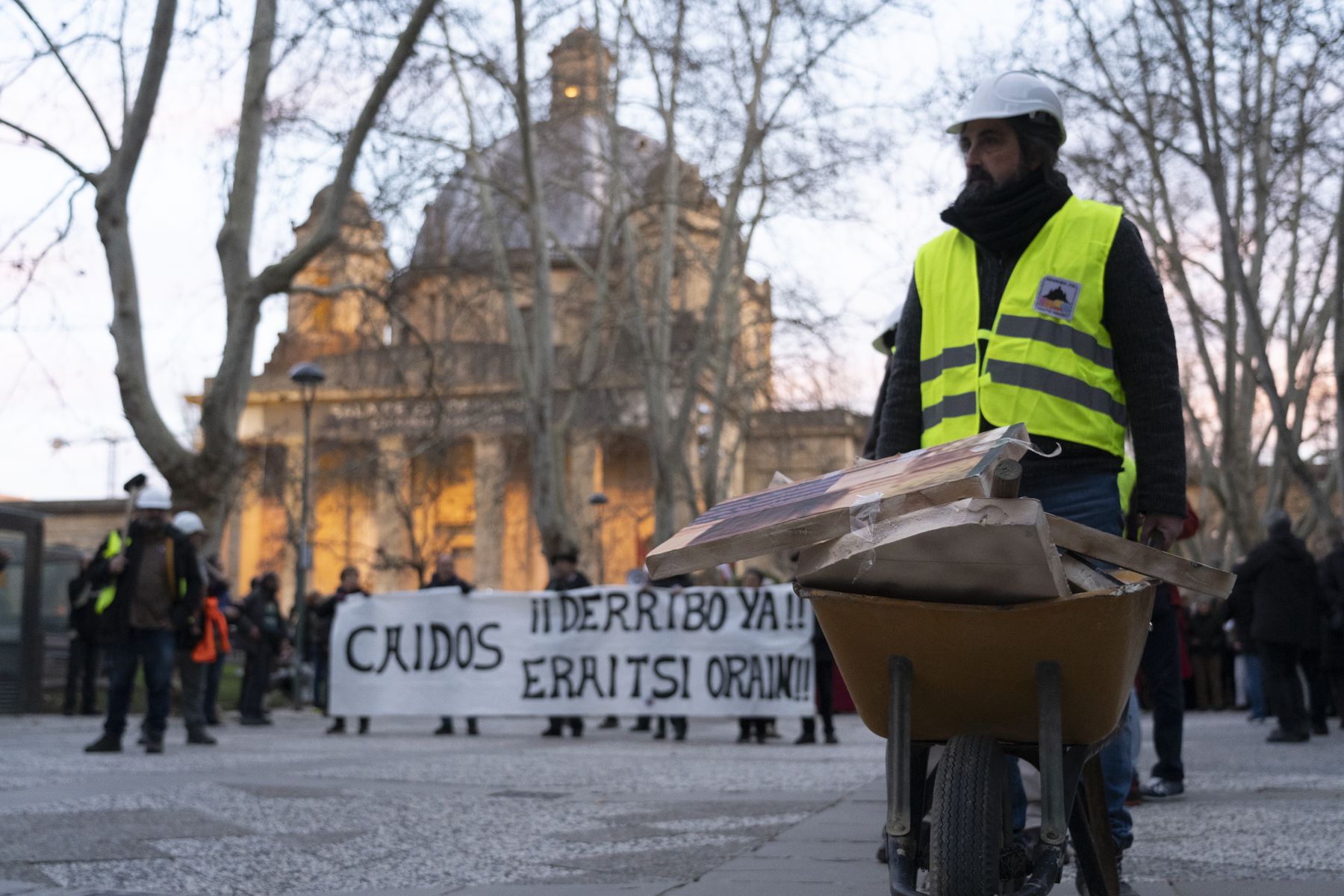Begoña Zabala: "Now we have the vision that there was global repression."
- In 1977 Begoña Zabala (Getxo, Algorta, 1950) arrived in Pamplona and from the front line, inside and outside the bullring, suffered the aggression of the Sanfermin police in 1978. Lawyer by profession, is part of the committee of inquiry of experts to clarify these facts and has worked on the legal aspect. Feminism, Transition and Sanfermines of 78.
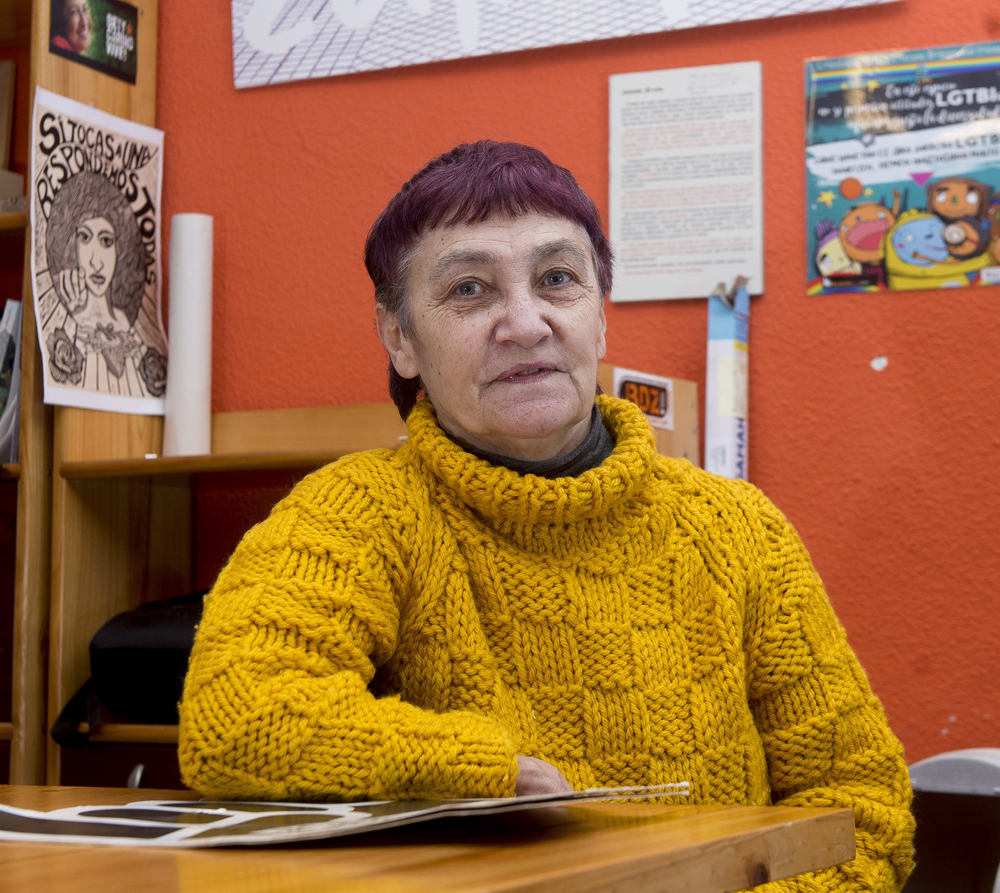
They claim that the judicial division of the case in several summaries made the investigation difficult. Was it premeditated?
Separate summary instruction is not normal, when there are several related facts you can unite everything. Why is it important? There are five summits – three of them are the most important for death and the wounded – and they highlight the existence of a continuum of police action, which began inside the bullring and then outside, at the orders of the same police chiefs and without the intervention of the civilian governor.
A new political and legal reading has been made by separating summaries: the police enter the square and when the mobs react there is another fact. We want us to take into account the evidence from a summary in another summary and give a logical explanation of what has happened.
The tests were admitted, but were not performed...
The subject of evidence is also obscure and shows great impunity. The peñas' committee of inquiry presented numerous oral evidence, after which they are beginning to request writings, reports, etc., but it is believed that they have disappeared or are still reserved. They were also asked to declare the police chiefs, but they did not do so until three years later…
"We propose a new complaint to put on the table that the events of Sanfermin were a crime against humanity"
Are these tests valid after 40 years?
Many of the tests are already in the summaries, we have not yet had access; the peñas' lawyers presented their portfolios… What value can they have? Anything that is documented can have value. It is curious, since they are documents that they themselves [the police] have made and that are based on statements that they have taken.
What can be a crime against humanity for responsibilities?
This brings us to the field of international law. Agreements and treaties define what is a crime against humanity, not the state, that is what interests us. For example, rape of a woman is a crime, but mass rape of a whole community of women is a crime against humanity in an environment of repression and deprivation of liberty. The State is obliged to investigate and prosecute the crime, but if it does not, there is a forum to punish it.
They say it’s the “time” for the complaint, why?
We do not mean that the deadline is over. There is probably no possibility of filing a complaint saying that “this was wounded, that other death… and there has been no trial.” What you will answer is that you have prescribed it, as so many other times. But at the moment, we have the view that there was global repression, and in 1978, maybe we weren't aware of it. The events of 3 March in Vitoria-Gasteiz, the murder of lawyers in Madrid, the repression of the mobilizations of the First of May and in favor of amnesty… All this can be a cause for complaint, saying that it was a crime against humanity.
The Argentine complaint against the crimes of Franco clashed with the 1977 Amnesty Law in the courts of the Spanish State. But in this case the facts are later…
What 1978 is not an amnesty, of course, another thing is for the judge to say that he has prescribed it. Normally, you place the complaint in the court closest to you, then you can make the international leap as a result of the appeals. However, the Argentine complaint is something else – in which it has also been embodied in Memory 78 Sanfermines – and it leads its way. We propose a new complaint to put on the table that the events of Sanfermin were a crime against humanity.
He comments that there are non-declassified documents and that there are “missing” reports. How far can a complaint go without it?
The declassification is easy, the documentation is there and the procedure is a matter; it can be requested by any court, parliament or government. Moreover, they are official acts of the ministry and I do not believe that the reports tell the whole truth, but that, on the contrary, their account will appear. But we can know many things that have escaped unintentionally, like the ones that were recorded on their walkie-talkies, because they were treated with a lot of impunity. And with the data we have at the moment we can say that it was a pre-elaborated plan, against citizenship and the movements of the hour.
You mentioned that these were fracture movements. When you arrived in Pamplona in late 1977, for example, you found the Women’s Liberation Movement (EAM).
In 1975, a very radical and politicized feminist movement began to be created that saw the possibility of participating directly and in all areas of the struggle against dictatorship: in daily life, in power relations, on the street, in parties… A confluence occurs in families, at work, in the Church and in the State against patriarchal domination. This forms a strong alliance with other rock movements.
"The message of power was that we had to go back, that above all we had to have a party. They wanted to say that we had to go back to that holiday model where men go out into the street and get drunk for eight days, a completely male catharsis. Politics has no space in these Sanfermines"
In the book you talk about the party, as a space of subversion, feminism also wants to conquer that space to reclaim the subversion…
Feminists say: “The street is also ours, the night is ours,” because until then it was vetoed for women. The party is very important, because instead of going out and claiming tradition, as many people think, they go out and proclaim subversion. At that time the book El espacio de la fiesta y la subversion was published, a study of the Casco Viejo de Pamplona, in which it shows how the streets were busy for the party, breaking social norms and ties, with which feminism joined.
What happened in 1978 to the "timber" of the wedges? There was also a banner there...
In most wedges only men could participate and once a year they chose madrina or madrina to represent all women, following traditional stereotypes (beautiful, elegant…). That year, at the festival of the peñas on July 1, the presentation of the madroños took place in the bullring square. There were a lot of placards for the ordinary prisoners who were fighting or asking for amnesty. The ADEs also drew their banner: Out of Madrinas! he said. The message was against this patriarchal image, as, after all the forbidden year, they led the woman to a show dressed in mantellin. What is happening today in the Alarde is not very different.
What consequences did the 1978 aggression have in terms of party and feminism?
The message of power was that we had to go back, that we had to celebrate first of all. They wanted to say that we had to go back to that holiday model where men go out into the street and get drunk for eight days, a completely male catharsis. Politics has no room in these Sanfermines.
Then came the repression and began to ban the demonstration [to remember the death of Germán] and to impose fines. Other people start to say that you have to forget, which is the thing before, it is uncomfortable to scream murderous police at parties… There were many feminisms, even those who don’t want to see, among them the one who is dressed in white and red, while men do what they want. We have come to that and now we have to turn it around.
Gogora Institutuak 1936ko Gerrako biktimen inguruan egindako txostenean "erreketeak, falangistak, Kondor Legioko hegazkinlari alemaniar naziak eta faxista italiarrak" ageri direla salatu du Intxorta 1937 elkarteak, eta izen horiek kentzeko eskatu du. Maria Jesus San Jose... [+]
Familiak eskatu bezala, aurten Angel oroitzeko ekitaldia lore-eskaintza txiki bat izan da, Martin Azpilikueta kalean oroitarazten duen plakaren ondoan. 21 urte geroago, Angel jada biktima-estatus ofizialarekin gogoratzen dute.
Bilbo Hari Gorria dinamikarekin ekarriko ditu gurera azken 150 urteetako Bilboko efemerideak Etxebarrieta Memoria Elkarteak. Iker Egiraun kideak xehetasunak eskaini dizkigu.
33/2013 Foru Legeari Xedapen gehigarri bat gehitu zaio datozen aldaketak gauzatu ahal izateko, eta horren bidez ahalbidetzen da “erregimen frankistaren garaipenaren gorespenezkoak gertatzen diren zati sinbolikoak erretiratzea eta kupularen barnealdeko margolanak... [+]
1976ko martxoaren 3an, Gasteizen, Poliziak ehunka tiro egin zituen asanbladan bildutako jendetzaren aurka, zabalduz eta erradikalizatuz zihoan greba mugimendua odoletan ito nahian. Bost langile hil zituzten, baina “egun hartan hildakoak gehiago ez izatea ia miraria... [+]
Memoria eta Bizikidetzako, Kanpo Ekintzako eta Euskarako Departamentuko Memoriaren Nafarroako Institutuak "Maistrak eta maisu errepresaliatuak Nafarroan (1936-1976)" hezkuntza-webgunea aurkeztu du.









